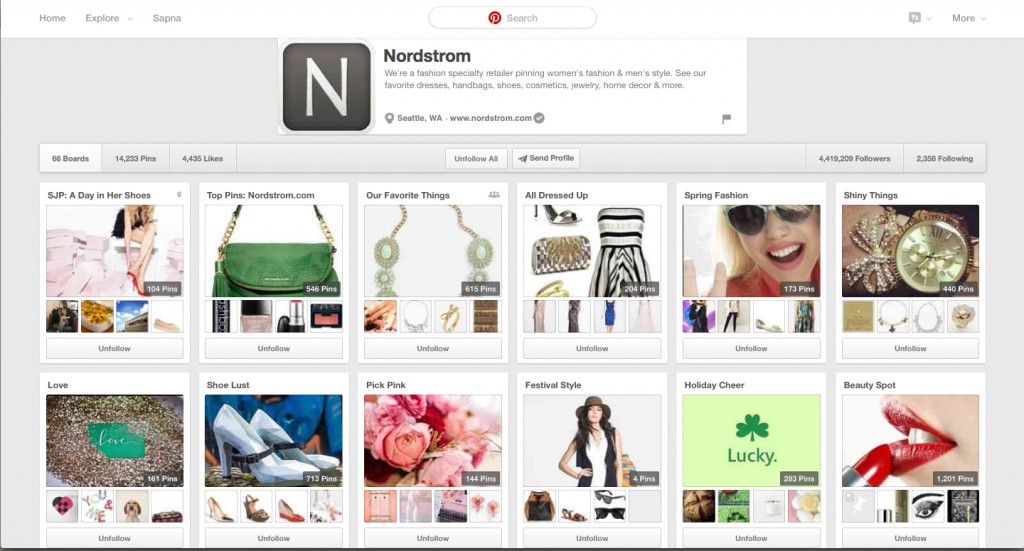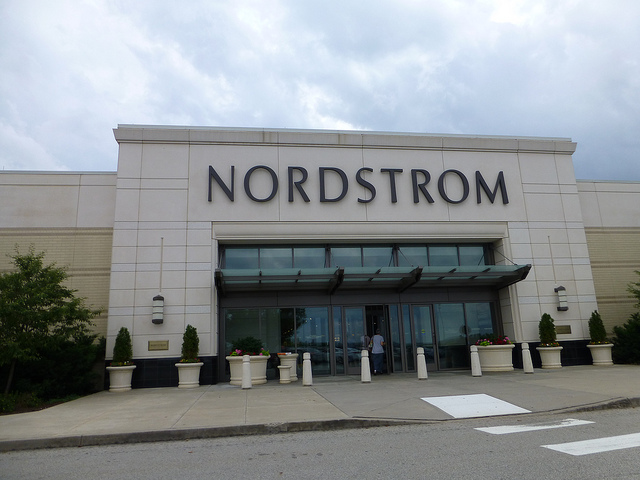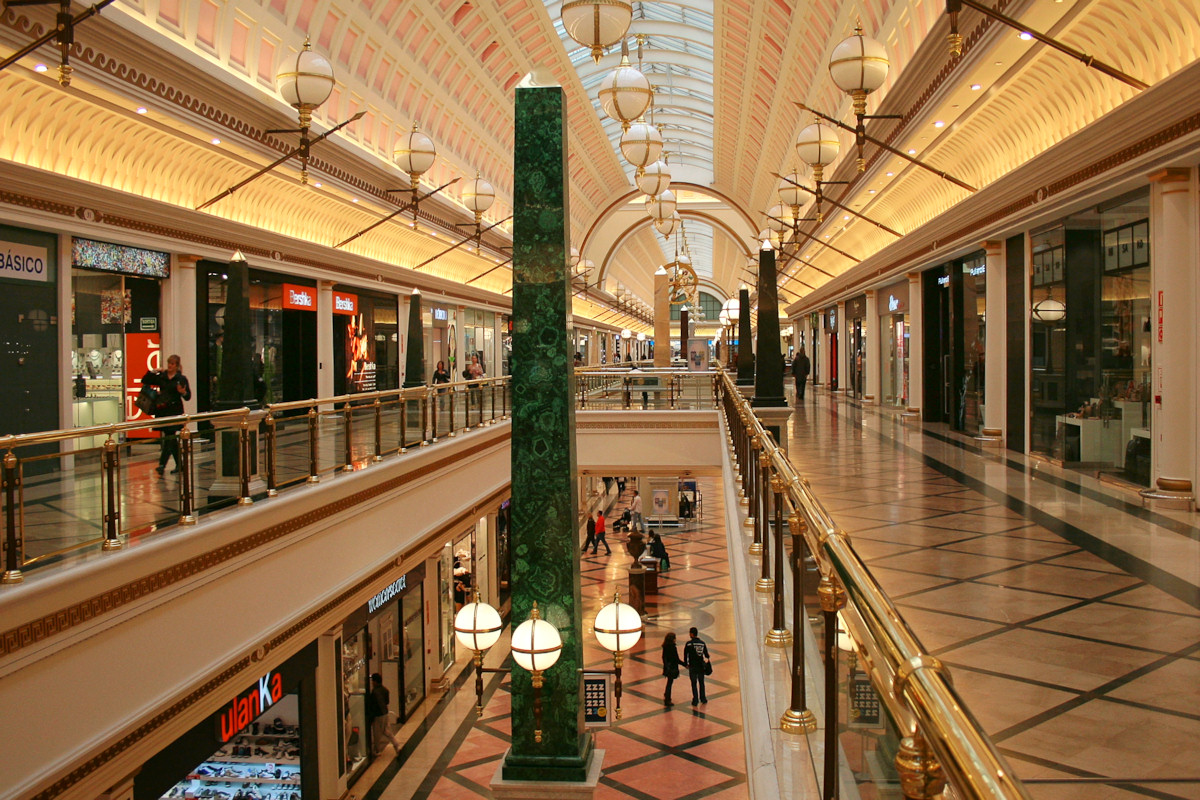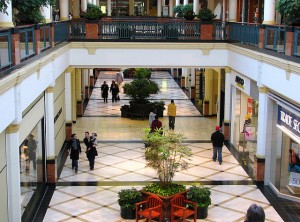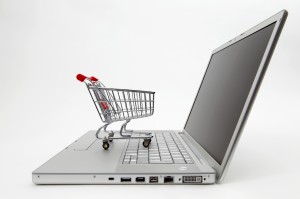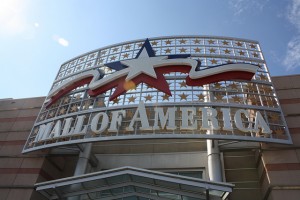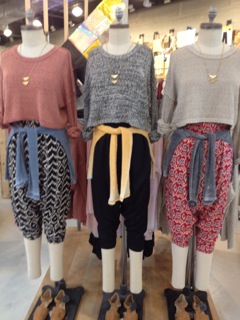Remember the good old days when store windows were a primary marketing vehicle and traffic driver? Store windows included mannequins, props, signage, visual imagery – all to create a lifestyle brand feel, and transport the shopper into the world of the that particular brand. Barneys NY became particularly noted for their windows, and the holiday windows in major cities like New York were a tourist attraction (and still are, to some extent). However, as the recession forced stores to cut costs and payroll, only flagship stores received all the trimmings of elaborate window displays. Other stores had to depend on visual banners and a few mannequins.
At the same time, mall traffic saw declines – even the last holiday season showed a 15% decline in shopper foot traffic. With fewer people at the mall and fewer elaborate displays or the store payroll to maintain them, store windows have become less important.
Enter Pinterest. A few savvy retailers have figured out that Pinterest strategies can take the place of store windows (and catalogs, and even some traditional advertising). The best Pinterest boards create a lifestyle that is relevant to both the brand and its target shopper, and create the aspirational brand feel online.
Who’s doing this well? By a wide margin, Nordstrom, with over 4.4 million Pinterest followers is winning in the fashion space. With 66 boards featuring product images, how-to’s, trends, wedding ideas and travel images, Nordstrom creates an aspirational, luxurious feel on all its boards that isn’t just about selling items but developing the brand. And it’s not just fashion brands that have been able to build big followings – Lowe’s is another retailer that has taken advantage of the DIY and home-related interest in Pinterest boards to develop a following of over 3.5 million people.
While aspirational brands are usually thought of as most suited for Pinterest given their high quality images, it’s not just the higher end brands that are utilizing Pinterest boards to gain large followings – Forever 21, the fast fashion teen retailer, ranks higher than Tory Burch (see chart below).
But most major retail brands have not done enough to make Pinterest a key part of their marketing and brand strategies. And if they don’t take advantage of Pinterest, they face a windowless future.
Want to know more about Pinterest strategies employed by major retailers including Nordstrom’s in-store Pinterest initiative? Contact us or leave a comment below.
| Nordstrom | 4.4 million followers |
| Lowe’s | 3.3 million followers |
| Lululemon | 1.9 million followers |
| Anthropologie | 434,000 followers |
| Sephora | 285,000 followers |
| Pottery Barn | 222,000 followers |
| Kate Spade | 185,000 followers |
| Victoria’s Secret | 171,000 followers |
| Forever 21 | 144,000 followers |
| Urban Outfitters | 129,000 followers |
| Tory Burch | 120,000 followers |
| Neiman Marcus | 90,000 followers |
| Williams Sonoma | 89,000 followers |
| Macy’s | 84,000 followers |
| Gap | 68,000 followers |
| Kohl’s | 45,000 followers |
| American Eagle | 42,000 followers |
| Ralph Lauren | 40,000 followers |
| JC Penney | 33,000 followers |
| Aeropostale | 32,000 followers |
| Express | 18,000 followers |
| Ann Taylor | 18,000 followers |
| Loft | 16,000 followers |
| Banana Republic | 15,000 followers |
Note: As of 3/15/14. Methodology includes primary account followers. Does not include ancillary accounts.
